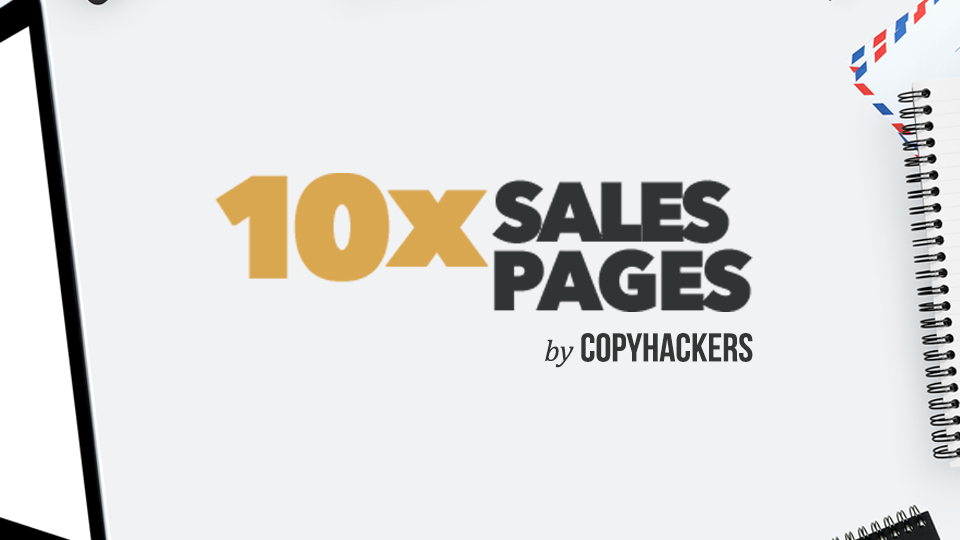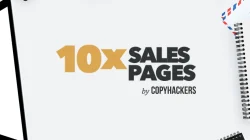STEP 1: Embrace the Reader-Centric Approach
In the realm of copywriting, knowing your audience is foundational to crafting messages that resonate and convert. This document will guide you through the process of identifying and understanding the “one reader” your sales copy is intended for. By the end of this training, you will have a clear path to creating copy that speaks directly to the individual needs and internal conversations of your prospects, leading to more effective and personalized communication.
Step 1.1: Shift Your Perspective to “Reader”
The term “prospect” is often used in sales to describe a potential customer. However, for copywriters, it's more beneficial to refer to this individual as the “reader.” This distinction emphasizes the human element of the person engaging with your copy, acknowledging their ability and willingness to dive deeper into the content rather than merely scan it superficially. This perspective is crucial in overcoming the inclination toward drafting excessively brief copy, focusing instead on creating content optimized for conversion.
Step 1.2: Narrow Down to One Primary Reader
Considering your prospect as a “reader” instead of a “user” can help demystify the process of addressing their needs through your copy. Some may argue that their product or service caters to multiple user types or personas. While this is a valid consideration, for the purpose of writing effective sales copy, it is essential to zero in on one primary reader per piece. This approach allows for more targeted and persuasive arguments tailored to that individual's specific context and needs.
STEP 2: Tailor Your Message to Multiple Personas
It is not uncommon for a product or service to have several buyer personas or user types. For instance, a writing software might cater to freelance content creators, high-performing content team members, and content team managers. Each of these personas has unique needs, challenges, and internal dialogues. Therefore, creating a separate long-form sales page for each persona enables you to address their specific concerns more effectively, enhancing the likelihood of conversion.
Step 2.1: Identify and Understand Diverse Personas
Your copy should aim to convert a particular individual – the “one reader” of your sales page. This requires an intimate understanding of their internal narrative and how your offering fits into that dialogue. The conversation you're trying to enter at the beginning of your sales page should directly align with the ongoing thoughts and concerns of your chosen reader. Recognizing the diversity in these internal conversations among different personas is the first step in crafting copy that speaks directly to the wants and needs of your reader.
STEP 3: Dive Deep into the One Reader's Profile
Before embarking on the writing journey, it's crucial to deeply understand who your one reader is. This understanding goes beyond mere demographics to uncover the motivations, desires, and challenges your reader faces. The insights gathered here will direct your copy towards addressing these factors, moving your reader closer to a “yes.”
Step 3.1: Go Beyond Surface-Level Data
While demographics and social media behaviors can offer some insights, they often fall short of providing the depth of understanding needed for effective copywriting. Instead, our focus will be on identifying the motivations, objections, and unique contexts of our reader. These elements are instrumental in creating copy that not only captures attention but also persuades and converts.
STEP 4: Implement Insights into Your Copywriting Process
Writing copy that converts begins with a profound understanding of your reader. By shifting our perspective from viewing our audience as mere users to recognizing them as readers, we invite a more nuanced and effective approach to copywriting. This training has laid the groundwork for identifying and understanding your one reader, setting the stage for crafting compelling sales messages that resonate on a personal level. Armed with these insights, you are now better equipped to create copy that truly speaks to and converts your intended audience.
Your One Reader or What You're Really Selling
Before you plan, write, or do any research, here is a cheat sheet into the brain of Your One Reader:


